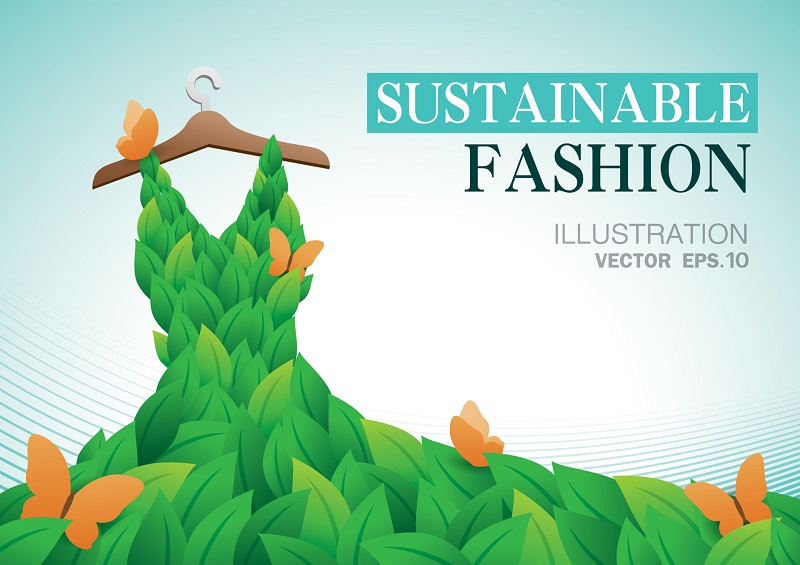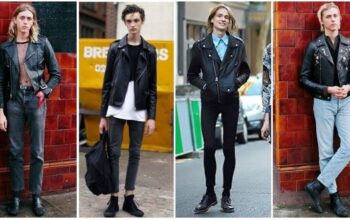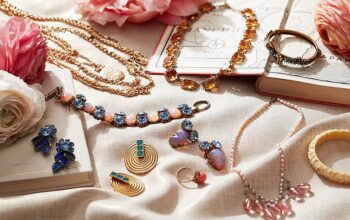Eco-fashion is more than a trend; it’s a movement towards a greener and more ethical future. Join me on a journey through the realm of sustainable fashion, where every garment tells a story of conscious choices, ethical practices, and timeless style.
The Essence of Eco-Fashion: Redefining Style with a Conscience
In a world that’s increasingly aware of its environmental impact, eco-fashion emerges as a beacon of hope. It goes beyond just aesthetics; it’s a commitment to ethical practices, responsible sourcing, and a reduced carbon footprint. Eco-fashion is about making choices that benefit both the consumer and the planet.
Sustainable Materials: The Building Blocks of Eco-Fashion
The heart of eco-fashion lies in the materials used. From organic cotton and bamboo to recycled polyester and Tencel, sustainable fabrics are at the forefront. Explore how these materials not only reduce the environmental impact but also offer comfort, durability, and versatility in fashion.
Ethical Production Practices: Crafting Fashion with Integrity
Eco-fashion embraces production processes that prioritize fair labor practices and minimize harm to both workers and the environment. Discover the shift towards transparent supply chains, fair wages, and safe working conditions, ensuring that every piece of clothing is created with integrity.
Slow Fashion Movement: Quality Over Quantity
In a world accustomed to fast fashion, the slow fashion movement advocates for a shift in perspective. Explore how embracing quality over quantity leads to timeless pieces that withstand trends, reducing the demand for constant production and curbing the negative impact on the environment.
Innovative Design: Merging Style and Sustainability
Eco-fashion designers are redefining aesthetics by seamlessly blending style and sustainability. Dive into the world of innovative designs that challenge traditional notions, proving that fashion can be both eco-friendly and avant-garde. From upcycled creations to zero-waste patterns, witness the evolution of sustainable design.
FAQs
1. Can eco-friendly fabrics be as fashionable as traditional materials?
Absolutely! Many eco-friendly fabrics offer the same level of style and versatility as traditional materials, proving that fashion can be sustainable without compromising aesthetics.
2. How can consumers support the slow fashion movement?
Consumers can support slow fashion by making mindful purchasing decisions, investing in quality pieces, and avoiding excessive consumption of fast fashion items.
3. Are sustainable fashion brands more expensive?
While some sustainable fashion brands may have a higher price point, the shift towards sustainable practices is promoting affordability, and making conscious choices accessible to a wider audience.
4. What is the significance of upcycling in eco-fashion?
Upcycling involves repurposing old or discarded materials into new creations. It reduces waste and gives a second life to materials that would otherwise end up in landfills, contributing to a circular economy.
5. How can I determine if a fashion brand is truly eco-friendly?
Look for certifications such as Global Organic Textile Standard (GOTS) or Fair Trade, and research a brand’s transparency regarding its supply chain and production processes to ensure their commitment to sustainability.
Conclusion: Fashioning a Sustainable Future
In conclusion, eco-fashion is not merely a trend but a conscious choice towards a more sustainable and ethical future. From materials to production practices and innovative designs, every aspect of eco-fashion contributes to a greener planet. By embracing this movement, we can redefine our relationship with fashion and shape a more sustainable industry for generations to come.









